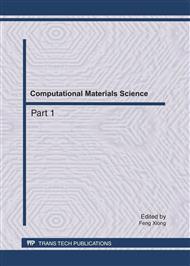p.1633
p.1637
p.1641
p.1647
p.1653
p.1657
p.1663
p.1669
p.1675
A Project of Protection Digital Evidence
Abstract:
To protect digital evidence during Computer Forensics, the measure of protection digital evidence was analyzed, and a project of protection digital evidence (Digital Evidence Protection System, called DEPS) was designed. In this paper, the framework and element of DEPS was introduced, and the mechanism of multi-digital-signature and digital time-stamp of DEPS was described.
Info:
Periodical:
Pages:
1653-1656
Citation:
Online since:
July 2011
Authors:
Price:
Сopyright:
© 2011 Trans Tech Publications Ltd. All Rights Reserved
Share:
Citation:


